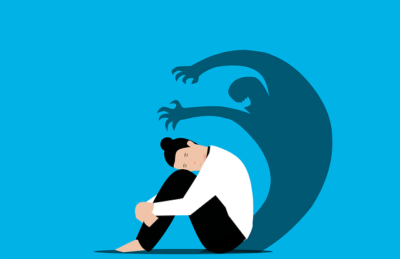(4-27-22) I’ve often written about the power of a single individual to change our society and have quoted Margaret Meade who famously said: “Never doubt that a small group of thoughtful committed individuals can change the world. In fact, it’s the only thing that ever has.” Here is an inspiring story that confirms her quote.
When COVID hit, Karl Polzer found it difficult to keep in touch with a family member (name being withheld for privacy) who had been sent to Western State Hospital in Staunton, Virginia. The young adult had been arrested on misdemeanor charges in February 2020 during a major psychotic break and sent to the state hospital for competency restoration.
Within weeks, Karl and Jane Polzer were told that in-person hospital visits were being suspended because of COVID. Maintaining contact with a patient through telephone calls became problematic. When the Polzers telephoned the hospital, they had to depend on a patient within earshot of the ward’s phone answering it and locating the person being called.
In May 2020, the couple became concerned when they were told their family member was unable to come to the phone. No one would say why. They began calling the hospital’s staff and eventually arranged a call. They were stunned. Their loved one could barely speak and had become partially paralyzed. Polzer learned it was because of an adverse drug reaction.
“During this time, we had no way to communicate with our family member, Polzer later told members of the Virginia House of Delegates during a Health, Welfare and Institutions Committee hearing. “We could not visit in person. We could not talk to him. And we could not see him. We felt powerless to help him.”







